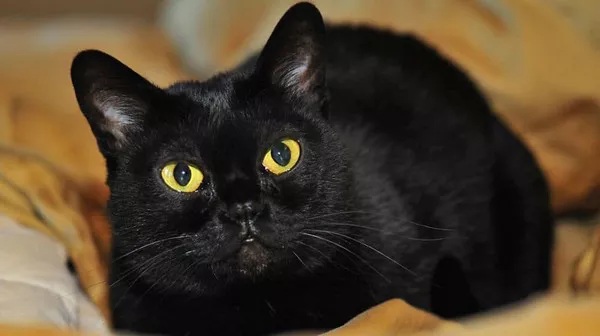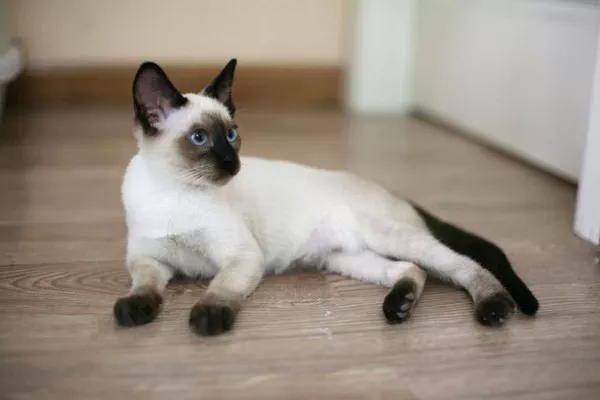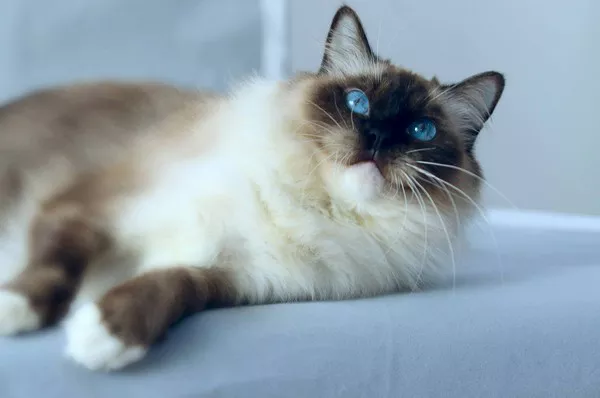Cats, known for their mysterious and independent nature, undergo a fascinating journey when it comes to reproduction. For cat owners and enthusiasts, understanding the intricacies of feline pregnancy is essential for providing optimal care and support during this transformative period. In this comprehensive exploration, we delve into the duration of a cat’s pregnancy, the stages involved, and the key considerations for ensuring the health and well-being of both the expectant mother and her future feline companions.
The Basics of Feline Reproduction
1. Estrus Cycle:
Before delving into the gestation period, it’s crucial to understand the feline reproductive cycle. Female cats, also known as queens, experience an estrus cycle, commonly referred to as being “in heat.” This cycle typically occurs every 21 days, and during this time, the cat is receptive to mating.
2. Mating and Fertilization:
Once successfully mated, the female cat undergoes fertilization. Unlike some mammals, cats are induced ovulators, meaning ovulation is triggered by copulation. This unique reproductive trait contributes to the variability in the gestation period.
The Gestation Period of Cats
1. Duration:
The gestation period, or pregnancy, in cats lasts approximately 63 to 65 days on average. However, this period can vary, and it’s not uncommon for cats to give birth between 58 and 70 days post-mating.
2. Calculation of Gestation:
Determining the exact moment of conception in cats can be challenging due to the induced ovulation mechanism. As a result, calculating the gestation period often begins from the first day of mating.
Stages of Feline Pregnancy
1. First Trimester (Weeks 1-3):
The initial weeks of feline pregnancy are often inconspicuous. During this time, the fertilized eggs travel to the uterus for implantation. External signs of pregnancy may not be noticeable.
2. Second Trimester (Weeks 4-6):
By the fourth week, changes become more apparent. A veterinarian may detect palpable embryos, and the queen may exhibit subtle behavioral changes. Dietary adjustments and increased nutritional requirements are essential during this stage.
3. Third Trimester (Weeks 7-9):
As the pregnancy progresses, the queen’s abdomen enlarges, and fetal movement becomes palpable. Nesting behaviors may emerge, indicating the impending arrival of kittens. Increased food intake is crucial to support the growing demand.
Signs of Feline Pregnancy
1. Behavioral Changes:
Pregnant queens may display altered behavior, including increased affection, nesting tendencies, or even slight mood swings. Observing these changes can provide early indications of pregnancy.
2. Physical Changes:
Physical signs such as nipple enlargement and a rounded abdomen become more noticeable as the pregnancy advances. However, these changes may not be evident until the latter part of the gestation period.
3. Veterinary Confirmation:
For precise confirmation of pregnancy, a veterinarian can conduct palpation or use imaging techniques like ultrasound. Early veterinary intervention ensures proper prenatal care and addresses any potential complications.
Nutritional Considerations During Pregnancy
1. Increased Nutritional Needs:
Pregnant cats require a well-balanced and nutritionally dense diet to support fetal development. High-quality commercial cat food designed for gestation and lactation is recommended.
2. Gradual Dietary Changes:
Transitioning the queen to a pregnancy-specific diet should occur gradually. Abrupt dietary changes can lead to digestive upset. Consultation with a veterinarian can guide appropriate dietary adjustments.
3. Adequate Hydration:
Hydration is crucial during pregnancy. Ensuring access to clean and fresh water is vital for both the mother’s health and the development of the growing kittens.
Birth and Postpartum Care
1. Recognizing Labor Signs:
As the queen approaches labor, signs such as restlessness, nesting behavior, and increased vocalization may become evident. Monitoring these cues helps anticipate the imminent birth.
2. Providing a Suitable Birthing Environment:
Creating a quiet and comfortable birthing space, often referred to as a “kitty maternity ward,” encourages a stress-free labor experience. A cozy box with soft bedding is ideal for the queen and her newborns.
3. Postpartum Veterinary Check:
Postpartum veterinary care is essential to assess the health of both the queen and the kittens. A veterinarian can provide guidance on postpartum nutrition, monitor weight loss, and address any potential complications.
Common Variations and Complications
1. Premature Birth:
While the average gestation period is around 63 days, premature births can occur. It’s essential to be vigilant for signs of premature labor and seek prompt veterinary attention if observed.
2. Prolonged Gestation:
Some queens may carry their kittens for longer than the average period. If the gestation surpasses 70 days without signs of labor, consulting a veterinarian is advisable to rule out complications.
3. Complications During Labor:
Labor complications, while rare, can occur. Signs such as prolonged straining without kittens being born warrant immediate veterinary intervention.
Conclusion
Understanding the gestation period of cats is fundamental for providing optimal care during this miraculous phase of feline motherhood. From the subtle changes in behavior to the joyous moment of kitten arrival, each stage requires attentive care and consideration. As a cat owner, being attuned to the needs of the pregnant queen and seeking professional guidance ensures a smooth and healthy journey from conception to the delightful arrival of new furry family members. With proper care, a supportive environment, and veterinary assistance, the feline miracle of pregnancy unfolds, enriching the lives of both cats and their human companions.


























